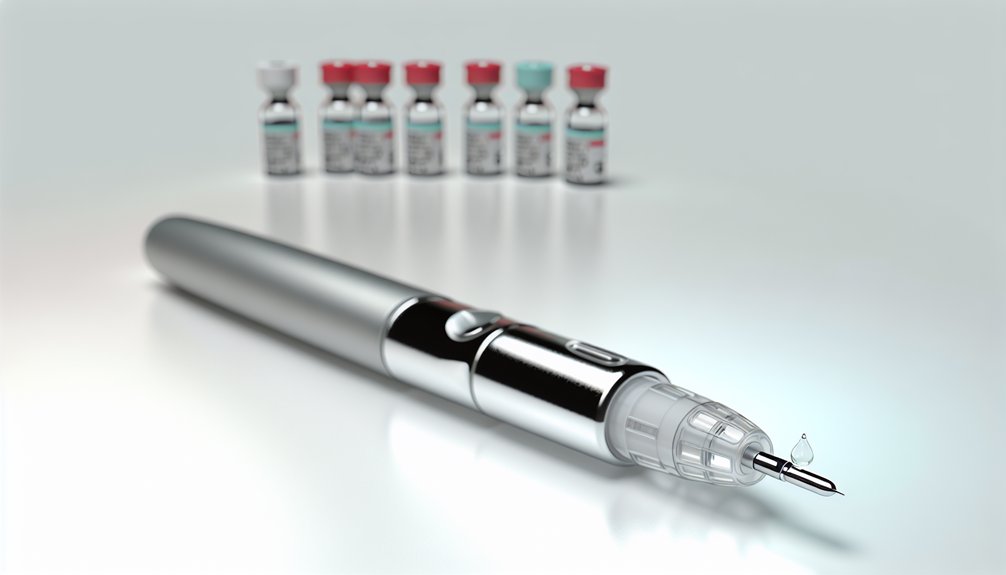GLP-1 diabetes drugs are amazing tools in managing diabetes. They work by mimicking hormones that help release insulin, control blood sugar, and even curb cravings, leading to weight loss. Popular types include semaglutide and liraglutide, each with flexible dosing schedules. Users often feel healthier, enjoying benefits like improved heart health and lower cholesterol. While some may experience mild side effects, many find them manageable. With ongoing research, these drugs carry the promise of even more incredible benefits ahead. There’s so much more to discover!

In a world where managing diabetes can feel like an uphill battle, GLP-1 diabetes drugs have emerged as a beacon of hope for many. These medications, known as GLP-1 receptor agonists, mimic a natural hormone that helps the body release insulin when it needs it most, especially after meals. This mechanism not only helps control blood sugar levels but also slows down digestion, making individuals feel fuller and reducing their desire to snack. For someone living with diabetes, this can be a game-changer.
Among the most popular GLP-1 drugs are semaglutide, dulaglutide, and liraglutide. Each of these comes with its own dosing schedule, allowing flexibility for those who might struggle with daily routines. Some even find joy in their weekly injection, as it becomes a small ritual of self-care. Newer options, like tirzepatide, take things a step further by targeting multiple receptors, showing promising results in clinical trials. These drugs not only help in managing diabetes but also aid in weight loss for individuals with obesity without diabetes. The development of oral GLP-1 medications represents another breakthrough in making these treatments more accessible and convenient for patients.
Beyond just blood sugar control, GLP-1 drugs offer other benefits that are hard to overlook. Research shows they can improve heart health, lowering blood pressure and cholesterol while reducing the risk of serious cardiovascular events. The added bonus of weight loss, averaging around 2.9 kg more than placebo, can lift spirits, making daily life feel a bit lighter. Additionally, these medications are also recommended for cardiovascular risk mitigation, reinforcing their importance in overall health management.
However, like all medications, GLP-1s come with their quirks. Some users report gastrointestinal side effects like nausea, but many find that these lessen over time. Stories of “Ozempic face,” where rapid weight loss leads to facial changes, add a humorous twist to the conversation about this medication.
As research continues, the potential of GLP-1 drugs not only for diabetes management but also for other health issues is exciting. For many, these medications represent not just a treatment, but a path to a healthier, more hopeful future.
